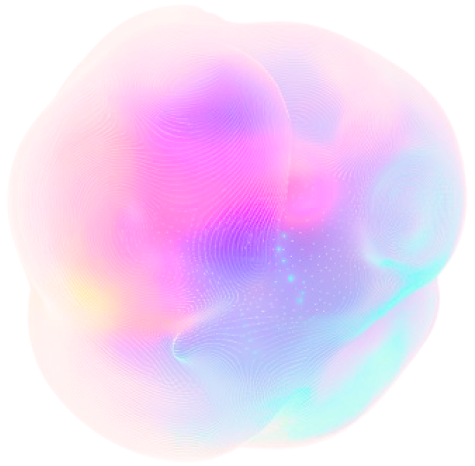Insider Brief
- Fully compatible with AI frameworks like TensorFlow and PyTorch, the system promises to accelerate inference and training tasks with up to 90x lower power consumption, setting new standards for sustainable, high-density AI computing.
- Q.ANT demonstrated its analog photonic Native Processing Server (NPS) at ISC 2025, showcasing real-time AI computations powered by light, with 99.7% precision on 16-bit floating point operations.
- The NPS reduces AI model complexity by performing nonlinear functions and transforms optically, requiring 40–50% fewer operations and eliminating the need for energy-intensive cooling.
PRESS RELEASE – Q.ANT announced it will showcase live demonstrations of its photonic Native Processing Server (NPS) at ISC 2025, a leading global conference for high-performance computing (HPC). For the first time, attendees will be able to interact directly with functional photonic computing, witnessing how light can drive breakthroughs in energy and computational efficiency for AI, Physics Simulations, and other complex scientific workloads.
Built on Q.ANT’s Light Empowered Native Arithmetic’s (LENA) architecture, the NPS promises to deliver up to 30 times the energy efficiency of conventional technologies and will set new performance benchmarks and functionality milestones for AI in HPC-systems including:
- 16-bit floating point precision with 99.7% accuracy for all computational operations on the chip
- 40–50% fewer operations required for equivalent output
- No active cooling infrastructure required, saving cost and energy
The Q.ANT system’s core is a proprietary, thin-film lithium niobate (TFLN) photonic chip that executes complex, nonlinear mathematical operations directly in the optical domain. This computing breakthrough will enable high-speed, low-loss optical modulation without thermal crosstalk, reducing the need for energy-intensive cooling and allowing up to 100x greater compute density per rack in a data center framework while achieving up to 90x lower power consumption per application.
“Q.ANT is attacking two of the biggest challenges in photonic computing: integration and precision – while addressing the promise of computational and energy efficiency,” said Bob Sorensen, Senior VP for Research and Chief Analyst for Quantum Computing at Hyperion Research. “Q.ANT is offering an innovative alternative to digital processors with an analog counterpart that can excel at nonlinear and mathematical operations, particularly in AI inference operations, physics simulations, and image analysis, all while demonstrating 99.7% accuracy on the photonic chip across complex computational tasks—proving that analog computing can be accurate, performant and deployable.”
Analog processing integrates seamlessly with digital infrastructure
Q.ANT’s photonic architecture is designed to complement existing computing models. Its analog processors excel at nonlinear and mathematical operations that digital systems struggle with, particularly in AI inference operations, physics simulations, and image analysis. The NPS integrates via standard PCI Express and supports industry-standard frameworks including TensorFlow, PyTorch, and Keras—enabling seamless plug-and-play adoption in HPC and data center environments. This makes it easy for early adopters of AI and HPC to start working with Q.ANT’s NPS, helping them to stay ahead of the curve in understanding the capabilities of photonic computing.
“Photonics fundamentally shifts the economics of High-Performance Computing, especially for increasingly complex AI, physics simulations and scientific workloads,” said Dr. Michael Förtsch, CEO of Q.ANT. “We’ve eliminated the overhead of digital abstraction by performing mathematical transformations natively with light, opening a path to more computationally efficient computing which is also scalable and more sustainable.”
Designed for Next-Generation AI and Scientific Workloads
Q.ANT’s photonic NPS is ideally suited for complex, data-intensive applications, including:
- Physics and scientific simulations (e.g., material design, molecular dynamics, computational fluid dynamics)
- Advanced image processing
- AI inference and model training at scale
By computing nonlinear functions and Fourier transforms directly with light, the NPS reduces the number of parameters required in AI models, simplifying architectures and lowering overall system demand.
Experience Q.ANT’s technology in action at Hall H, Booth G12 at ISC 2025, taking place June 10–12 in Hamburg, Germany.






